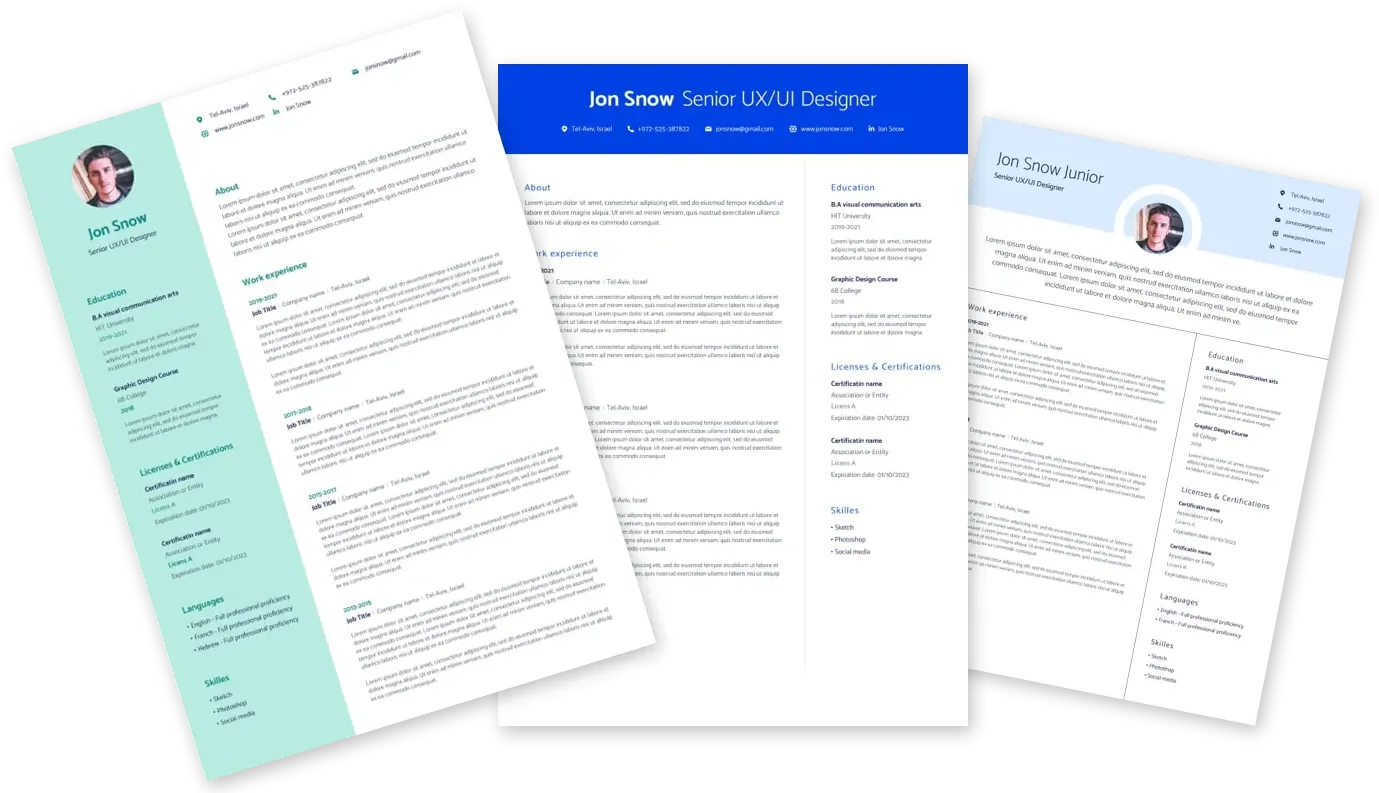
The point where experts and best companies meet

Nvidia Senior CAD Developer Timing Physical Design Optimization United States, California 622475245
Share
What you’ll be doing:
Invent and optimize new methods for increasing chip frequency while minimizing power consumption across a suite of internal optimization tools. These tools already outperform the industry's alternatives in high capacity timing closure and will advance even further with your contributions.
Improve algorithms (in C++) for gate-level sizing, buffering, useful clock skew, cell legalization, IR drop prediction, timing calculation, power minimization, ECO routing, and incremental parasitic extraction.
As with any software engineering team, we do write a lot of code, but this is broader than a typical CAD or EDA role. Instead, we as a team own the whole process from discovery and invention of new optimization opportunities, to developing solutions and working directly inside design teams to facilitate deployment.
What we need to see:
BS, MS, PhD in Electrical Engineering or Computer Science or equivalent experience
Minimum 6+ years of relevant experience in CAD software and VLSI hardware design
Strength in both CAD software and VLSI design
Strong understanding of VLSI timing optimization and related concepts, including cell libraries, interconnect models, crosstalk, glitches, IR drop, timing constraints, corners, congestion, etc.
Demonstrated ability in software development using C++
Familiarity with design implementation tools such as PrimeTime, Tempus, ICC2, Innovus, and StarRC and typical design flows written in Perl, Tcl, and Python.
Strong communication and interpersonal skills
Ways to stand out from the crowd:
C++14 or newer experience, such as lambdas and concurrency
Advanced understanding of timing modeling or P&R algorithms, such as CCS models, moment matching, incremental routing, cell legalization, etc.
Experience in high performance software design including multithreading, distributed computing, efficient memory and I/O use, etc.
You will also be eligible for equity and .
These jobs might be a good fit
